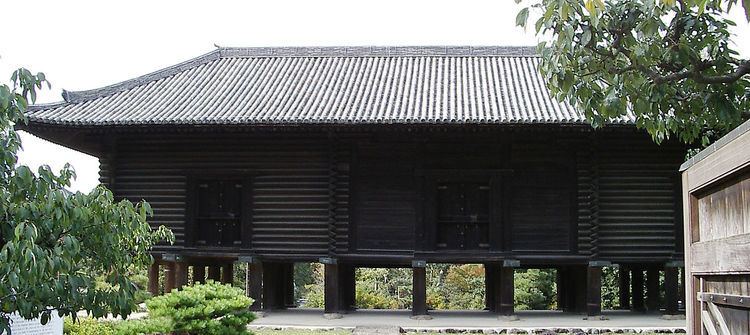645–650 Taika 686–686 Shuchō 704–708 Keiun | 650–654 Hakuchi 701–704 Taihō 708–715 Wadō | |
 | ||
Eikyō (永享) was a Japanese era name (年号,, nengō,, lit. "year" name) after Shocho and before Kakitsu. This period spanned the years from September 1429 through February 1441. The reigning emperor was Go-Hanazono-tennō (後花園天皇).
Contents
Change of era
Events of the Eikyō era
References
Eikyō Wikipedia(Text) CC BY-SA
